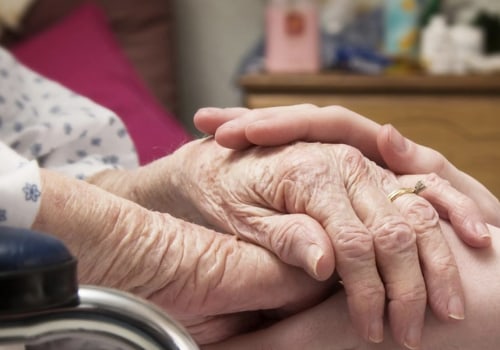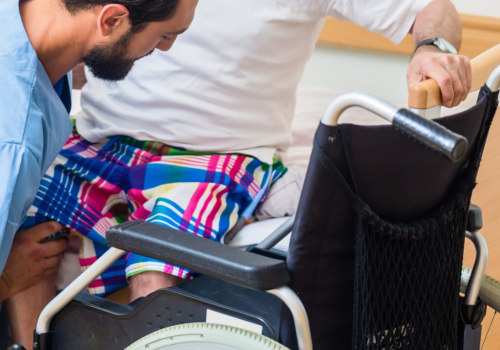Debunking the Hospice Myth A misconception about hospice care is that care is only for the last days of life. The truth is that hospice patients can receive care for six months or more, depending on the course of their particular illness.
Palliative care
may also be called supportive care, symptom management, or palliative care. It can be given separately from hospice care (for example, while you are still on active cancer treatment), but it is often part of hospice care if the cancer is no longer treated because it has worsened.Palliative care doesn't treat cancer itself. Instead, it is used to prevent or treat symptoms and side effects as soon as possible. Hospice eligibility requires two doctors to certify that the patient has less than six months to live if the disease runs its usual course. Palliative care is initiated at the discretion of the physician and the patient at any time, at any stage of the disease, terminal or not.
Hospice care is for people who are nearing the end of life. Services are provided by a team of health professionals who maximize the comfort of a terminally ill person by reducing pain and addressing physical, psychological, social and spiritual needs. To help families, hospice care also provides counseling, respite care, and practical support. Early admission to hospice care gives patients and their families the opportunity to receive the full benefits of hospice care.
Hospice staff can teach them how to care for the dying person at home, administering medications, operating equipment, and coordinating services. Because more than 90 percent of hospice care is paid for through the Medicare hospice benefit, hospice patients must meet Medicare eligibility requirements; palliative care patients do not have to meet the same requirements. Most hospice patients are Medicare participants with immediate access to a hospice benefit that minimizes out-of-pocket costs in the final months of life. Temporary care can be provided in periods of up to 5 days, during which the person with cancer is seen in the palliative care center or in reserved beds in nursing homes or hospitals.
Sometimes the doctor, patient, or family member resists hospice because they think it means to “give up” or that there is no hope. What many people don't know is that hospice care offers families far more support than they get with traditional health care. Now, more than ever, there is a sense of urgency to dispel myths and learn as much as possible about hospice. The concurrent care requirement for children under the Patient Protection and Affordable Care Act stipulates that a child who is eligible and receives hospice care can simultaneously receive all other services related to the treatment of the child's condition.
Hospice care reduces the burden on the family, decreases the likelihood that the family will suffer complicated grief, and prepares family members for the death of their loved one. Palliative care provides compassionate care to people in the later stages of an incurable disease so that they can live as fully and comfortably as possible. The Medicare hospice benefit also removes the burden of paperwork, as families are not required to file claims or pay bills. While the goal of palliative care and palliative care is pain and symptom relief, the prognosis and goals of care tend to be different.












